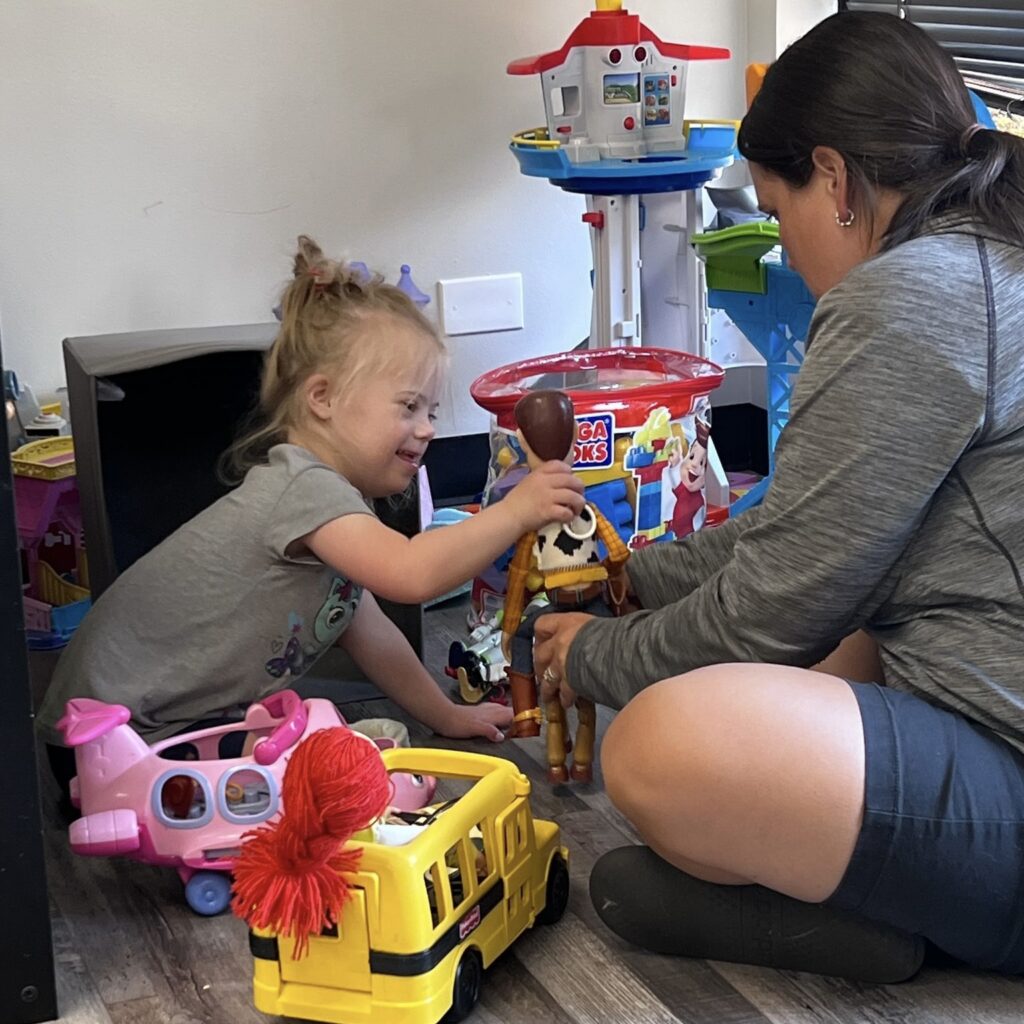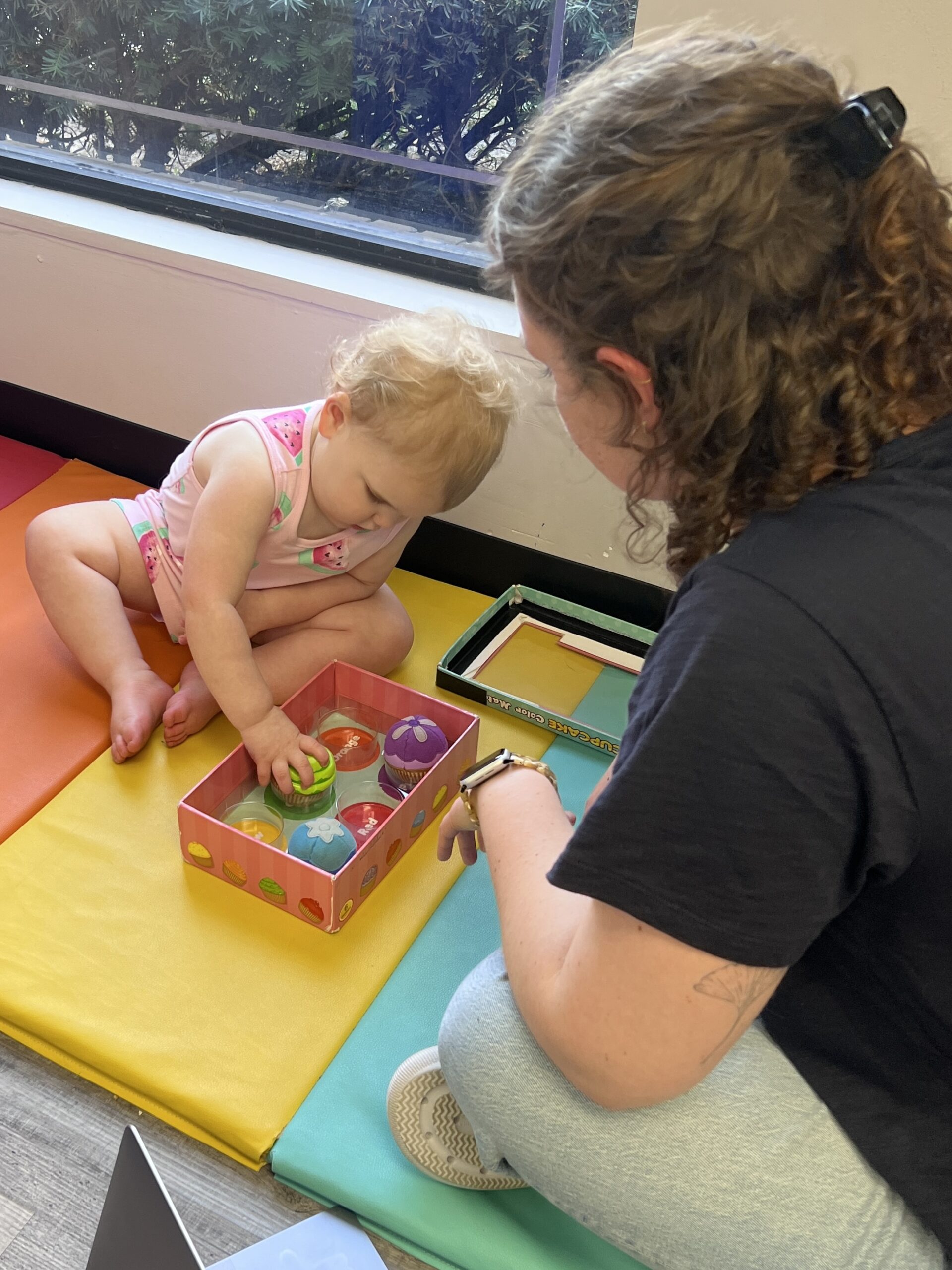Understanding How Children Learn Language: Analytic vs. Gestalt Language Processing

Children learn language through two typical processes: analytic language processing and gestalt language processing.
Analytic Language Processing
Analytic language processing involves learning and using small units of language, such as single words. Children then combine these words into phrases and phrases into sentences. This method is often referred to as a bottom-up approach to language learning.
Gestalt Language Processing
Gestalt language processing, on the other hand, involves learning and using chunks of language, known as “gestalts.” Children then break these gestalts down into single words and recombine them into self-generated sentences. This approach is often referred to as a top-down method.
Children with gestalt language processing are often observed to script (repeating the same phrase) and exhibit echolalia (repeating what they hear), with intonation variations in their speech. Gestalts are acquired based on their significance to the child, and no two gestalts are alike. It’s important to understand that not all gestalts are straightforward or literal and may require further interpretation. For example, a child might say “Happy Birthday” whenever they feel happy or excited. associating the phrase with the joy of their birthday.


Visual Comparison: Analytic vs. Gestalt Language Processing
Analytic language acquisition involves learning the smallest. most meaningful units of words (e.g. “want”) and gradually building up to phrases (e.g. “I want”) and sentences (e.g., “I want more”). In contrast, gestalt language processors start with whole phrases, sometimes as long as 5-6 words, without recognizing that each word within the phrase is meaningful and can stand alone.
For children, the goal may be to help them understand that their gestalts and the individual words within these gestalts have meaning. This is why modeling language is so important. Frequent modeling of words and phrases increases children’s exposure to various gestalts, aiding them in functionally expressing themselves.
